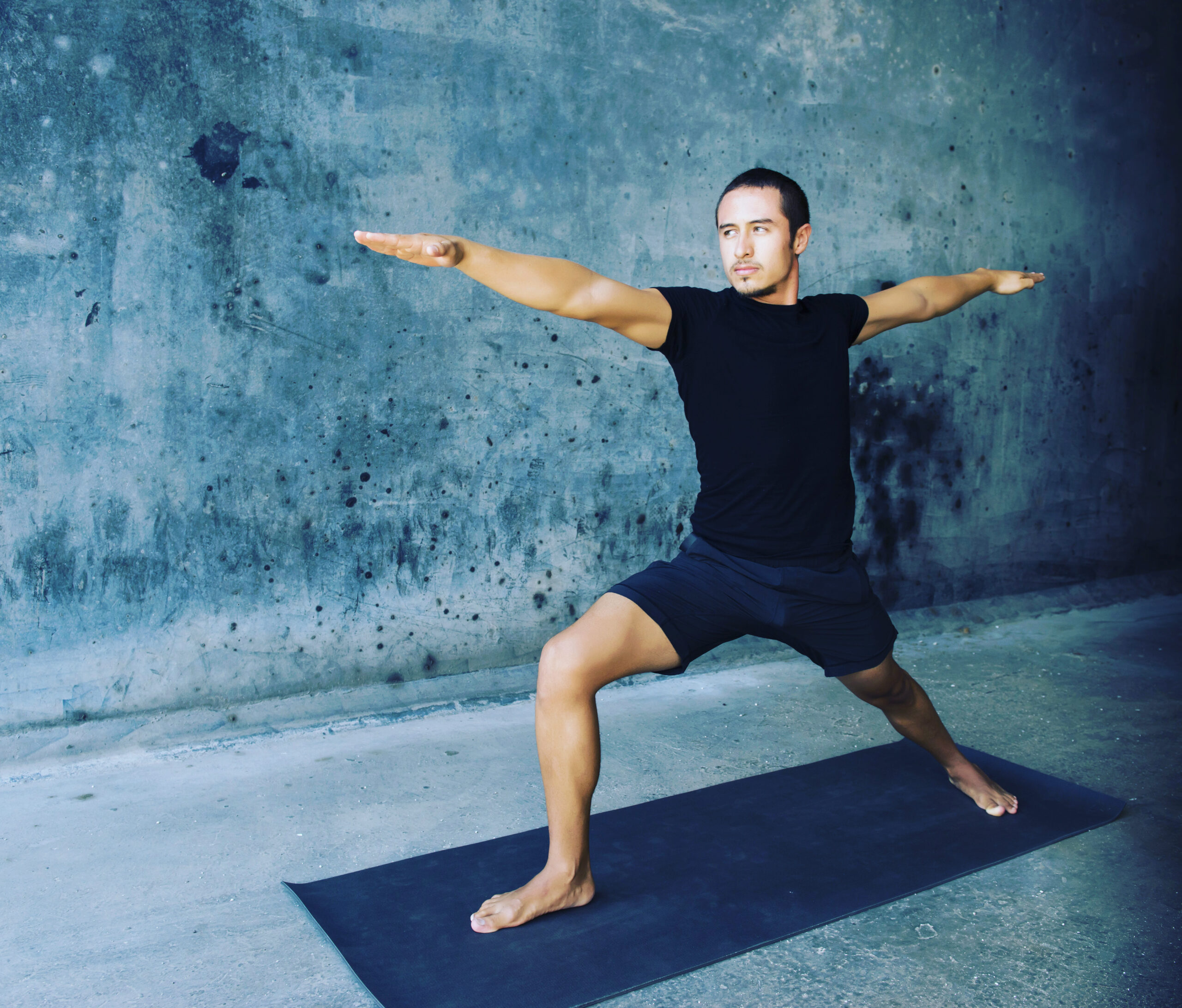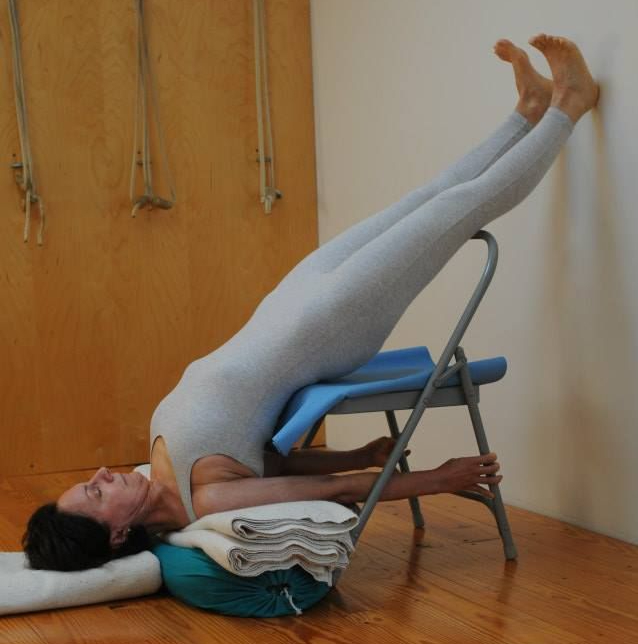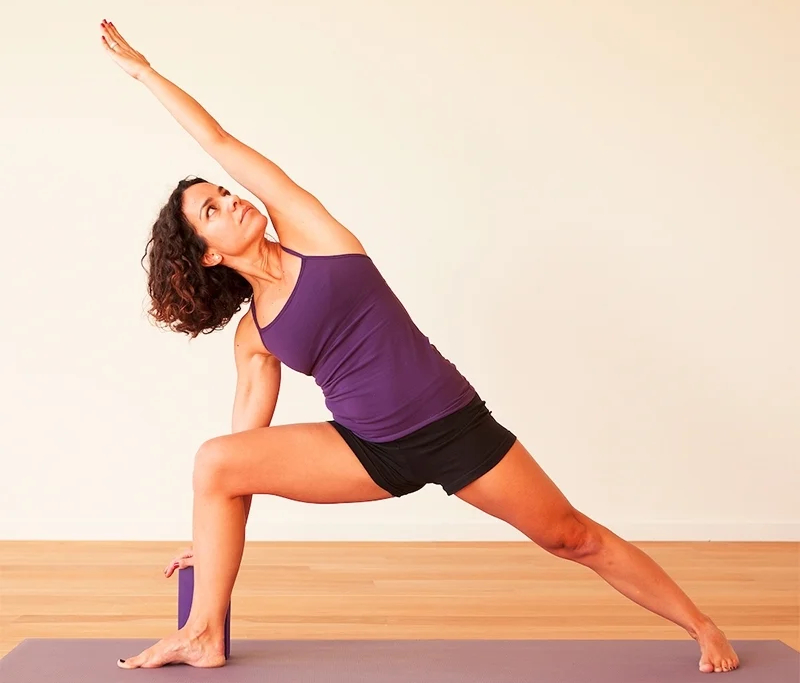Iyengar Yoga in Bali, Canggu and Seminyak
What is Iyengar Yoga?
Iyengar Yoga was developed by B.K.S. Iyengar. It is a system of yoga that emphasizes precision and alignment in the practice of yoga poses.
Iyengar Yoga uses props, such as belts, blankets, and blocks, to help students achieve proper alignment in their poses.
Also, Iyengar Yoga is a very popular type of yoga and is practiced by people of all ages and levels of experience.
The most traditional Hatha yoga tradition is where Iyengar yoga got derived from.
It has developed into a precise, understandable technique for current practitioners.
The technical alignment of the poses is carefully considered in order to maintain the mind’s inward pull while simultaneously keeping it focused and grounded in reality.


How to start your Iyengar Yoga practice?
Iyengar Yoga has helped people with a wide range of conditions, from back pain to arthritis.
If you’re new to Iyengar Yoga, there are a few things you can do to prepare for your first class.
1. Familiarize yourself with the basic principles of Iyengar Yoga.
2. Find a class that is taught by a certified Iyengar Yoga teacher.
3. Be sure to wear comfortable clothing that you can move in easily.
Once you’re in class, the teacher will guide you through each pose and will offer modifications or props to help you stay safe and comfortable.
Iyengar Yoga is a great way to learn about your body. Also, with time and practice, this yoga style can help you develop more strength, flexibility, and concentration.
What will you need to start your Iyengar Yoga practice?
If you’re interested in Iyengar yoga, there are a few key things you need in order to get started.
Iyengar yoga is a type of Hatha yoga that focuses on precise alignment and the use of props. Here are 5 things you need to start your Iyengar yoga practice:
1. A yoga mat – Iyengar yoga is practiced on a mat, which provides cushioning and traction.
2. Iyengar yoga props – Iyengar yoga uses props such as blankets, bolsters, and belts to help you achieve proper alignment.
3. Comfortable clothing – Iyengar yoga is typically practiced in clothing that is comfortable and allows for a full range of motion.
4. An Iyengar yoga teacher – Iyengar yoga is best learned from a certified Iyengar yoga teacher with quality years of experience.
5. A willingness to learn – Remember, this yoga style is not a “quick fix” type of yoga. Thus, Iyengar yoga requires patience and a willingness to learn proper alignment. However, the benefits of Iyengar yoga are well worth the effort!
7 Health Benefits of Iyengar Yoga
A consistent and conscious Iyengar practice can provide you following health benefits:
1. Iyengar yoga boosts your energy level.
2. Iyengar yoga can improve your posture.
3. Iyengar yoga can help to improve your strength and flexibility.
4. Iyengar yoga can help you to relax and de-stress.
5. Iyengar yoga can help to improve your overall sense of well-being.
6. Iyengar yoga can help to relieve pain in the lower back, neck, and shoulders.
7. All areas of the body and mind become aware and clear when you re-connect with your body and breath.


The Final Note: How Iyengar Yoga is different from other yoga styles?
Iyengar Yoga is different from other yoga styles in a few key ways.
Firstly, Iyengar Yoga instructors place a strong emphasis on proper alignment, which can help prevent injuries and ensure that students are getting the most out of each pose.
Another key difference is the use of props. Iyengar Yoga instructors often make use of props such as blankets, blocks, and straps to help students achieve the correct alignment in each pose.
Finally, Iyengar Yoga classes tend to move at a slower pace than other yoga styles. Hence, this yoga style can be especially helpful for beginners or those with injuries or limitations.
